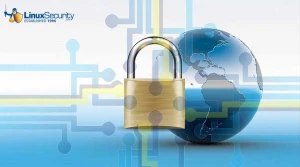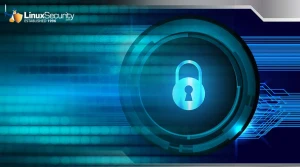The encryption algorithm demolition derby
In the early seventies the US government put out a call for an encryption algorithm. It had no response. A year later in 1973 they tried again and got one response, from IBM. Then followed a bit of politicking, but by 1975 DES was born. DES was initially a FIPS (Federal Information Procurement Standard), but was quickly adopted around the world as the de facto standard for encryption.
Certified for five years, DES and was checked regularly to make sure it was still strong enough. But in 1996 the US government decided it needed a new standard - an Advanced Encryption Standard or AES.
It convened a meeting of cryptographers and industry figures and, in a rare example of democracy in action, it asked them what they wanted in an encryption algorithm.
The link for this article located at The Register is no longer available.
The link for this article located at The Register is no longer available.





















